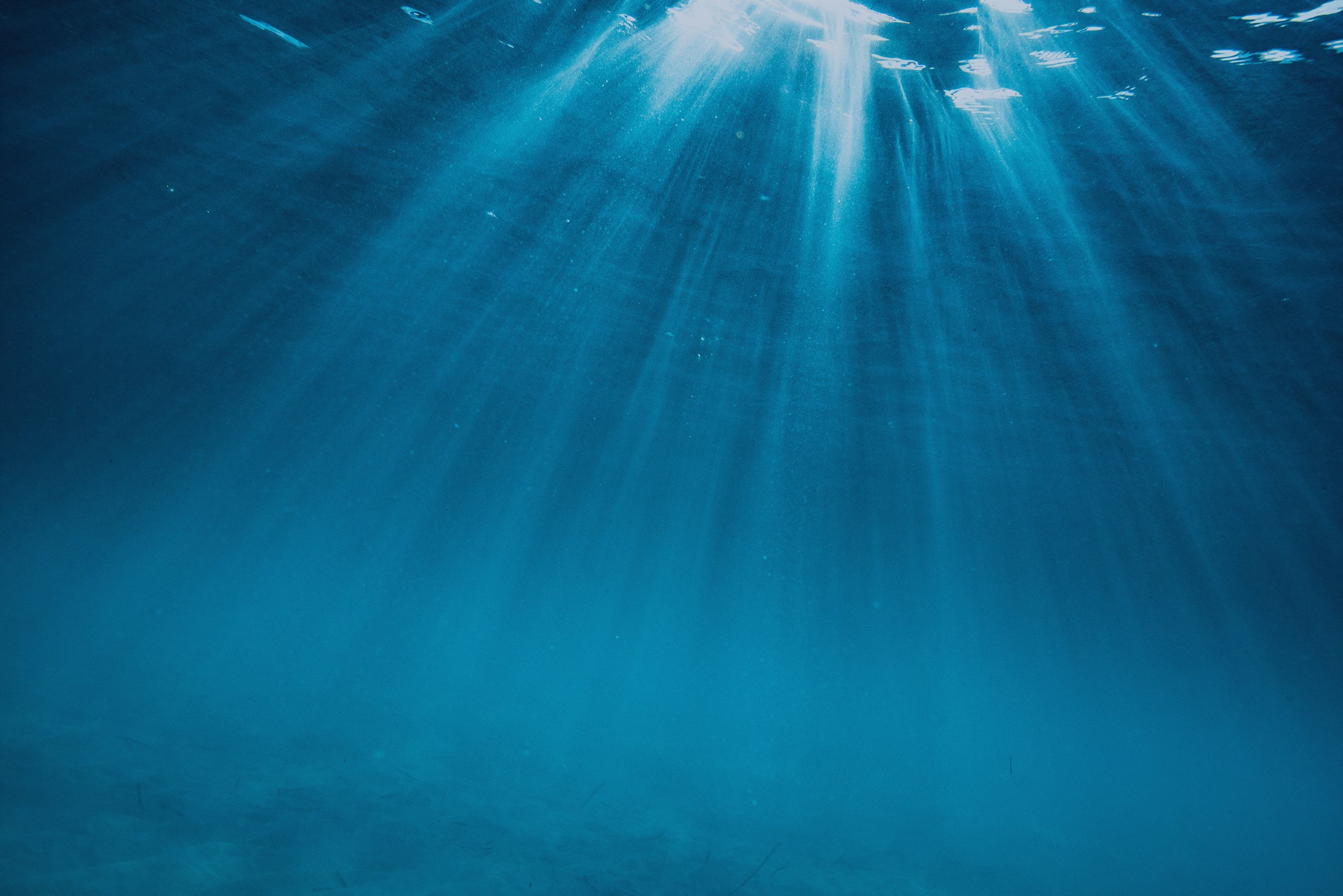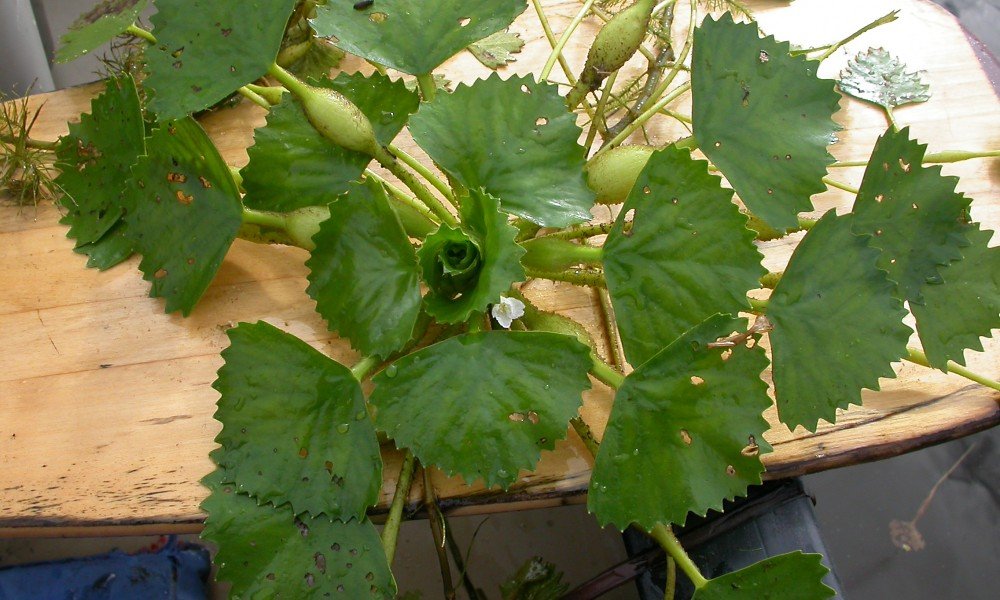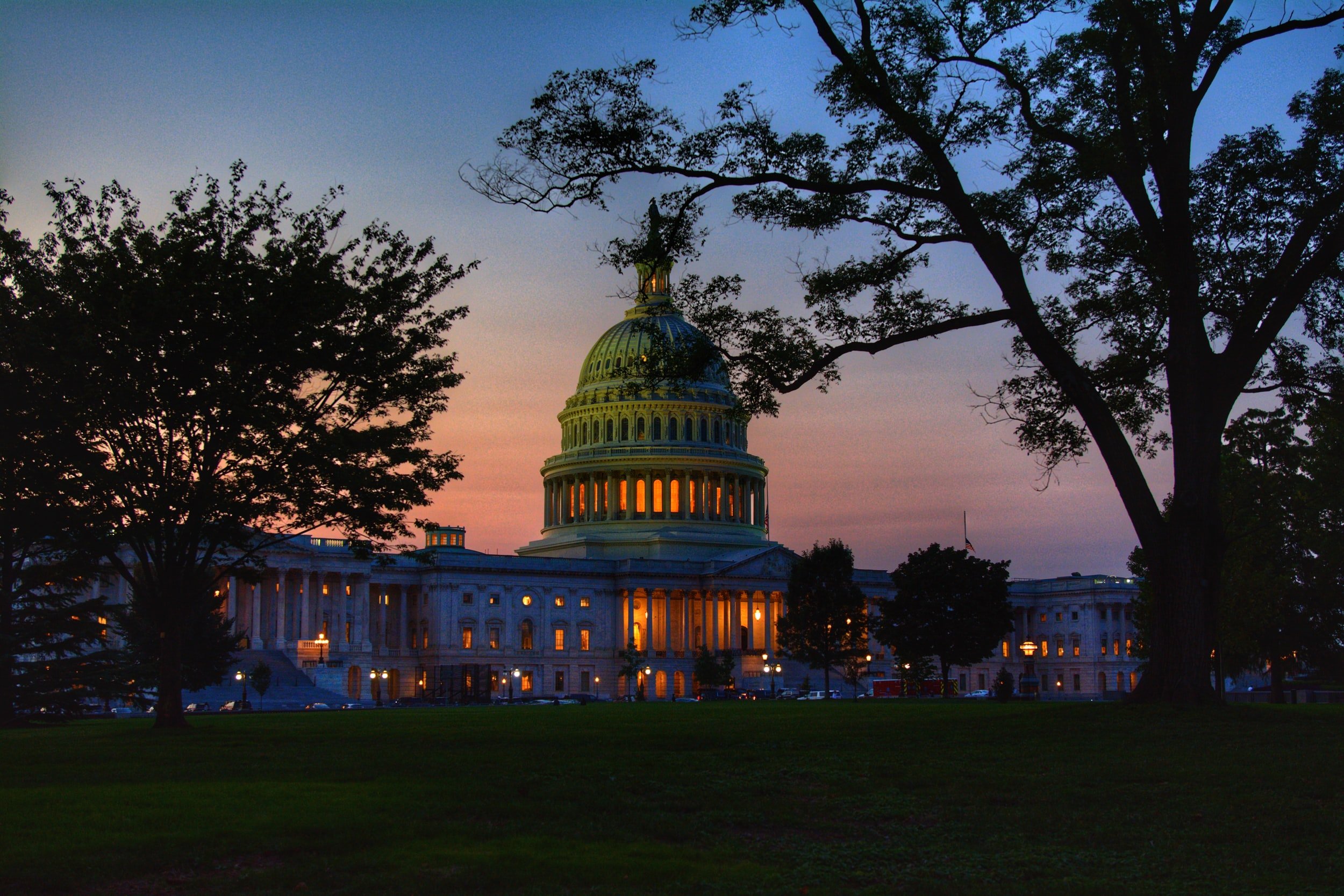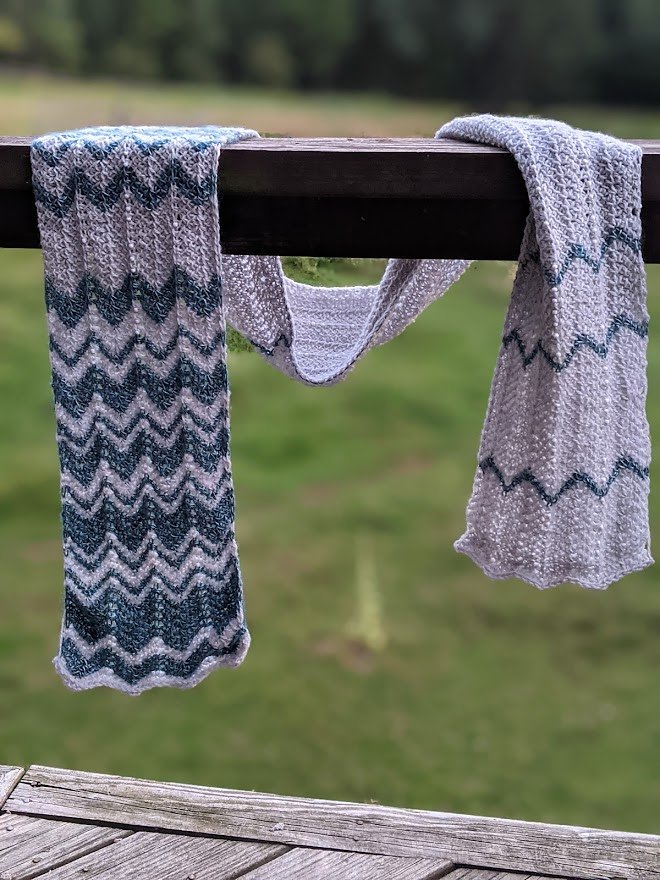
Water Column

June is for the birds
Every year I have to reconcile the fact that my definition of summer is now vastly different from what it was when I was growing up. These days, by the time my kids get out of school, I feel as though summer is nearly over and that’s because, for birds, June is the month.

Where do water chestnuts come from?
The water chestnut is an aquatic invasive plant that is native to Eurasia. This plant is often found growing in shallow, nutrient-rich lakes and slow-flowing rivers. The Eurasian Water Chestnut, Trapa natans, has been established in the United States for more than one hundred years. The water chestnut was first introduced to the Northeast in the late 1800s and was heavily established in the Hudson River by the early 1900s. Its persistent seeds and extensive growth patterns make this plant an effective aquatic invader.

Celebrating the 50th Anniversary of the Clean Water Act
This year marks the celebration of the 50th anniversary of the Clean Water Act (CWA)! We hope that you will join us in celebrating this milestone through various programs and events held this year. We will be highlighting the 50th anniversary during Adirondack Water Week, August 5th-14th.

Art and Science, Wool and Water
If you ask me what art has to do with science, I’ll hesitate to answer because I am such a scientist that I’m afraid of saying something inaccurate about art, in which I have no training whatsoever. But if you ask me what knitting and crochet have to do with science, ah – everything.

What does less ice mean for Adirondack lakes?
A warming climate in the Adirondack region is causing a shorter duration of ice cover on regional lakes each winter. There are a variety of ecological, economic, and social impacts that result from reduced ice cover. They range from a reduction in opportunities to ice fish to alterations in habitat availability for fish during the summer months.

Asian Clam (Corbicula fluminea) Literature Review
Asian Clam is among the three worst non-indigenous invaders in the United States. This bivalve mollusk indigenous to Asia, Australia, and Africa now currently inhabits freshwater habitats in the Americas and Europe. Costs associated with its damages and management are around $1 billion per year.
